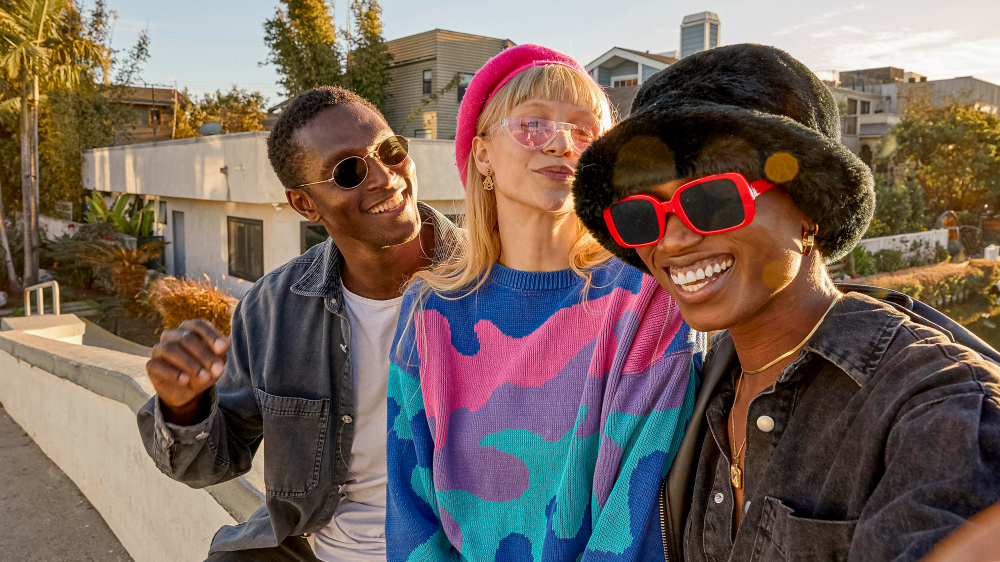Do you remember the early 2000s? It was an era of dial-up internet and pixelated graphics, a time when the digital world felt both clunky and full of endless possibilities. For those who grew up in that era, it’s a fond memory. But for Gen Z, a generation that came of age with sleek smartphones and minimalist design, the Y2K aesthetic means something else entirely. It’s a visual language, a cultural currency, and a form of rebellion. They are embracing a digital past that feels more authentic and human than the polished, algorithm-driven present. By mining the recent past for inspiration, Gen Z is redefining what it means to be cool, creative, and countercultural.
The Gamification of Nostalgia: Why Retro Casino Aesthetics Are Dominating Gen Z Culture
One of the most interesting aspects of the Y2K revival is the adoption of visuals from early digital entertainment. This includes the look and feel of video games from the 2000s and, surprisingly, the interfaces of early online casinos. With their flashy animations, vibrant colours, and sound effects, platforms like Lucky Circus provided an overwhelming sensory experience that has become a powerful source of inspiration.
For Gen Z, the retro aesthetics of these online casinos are not associated with their original function; instead, they are seen as kitsch—an ironic appreciation of something considered in poor taste. The visual language of spinning reels, blinking lights, and bold, chunky fonts has been repurposed for use in social media content, music videos, and digital art. It’s a way to tap into a sense of excitement and possibility without engaging with the activity itself. This engagement is purely stylistic.
This trend is a paradox. It involves borrowing the aesthetics of a highly commercialized industry to critique modern corporate culture. Gen Z treats these visuals as a playful, ironic toolkit, stripping them of their original context. The aesthetic becomes a commentary on consumer culture itself, using the tools of one commercial world to poke fun at the sterile nature of another.
The Y2K Revival: More Than Just Fashion
The resurgence of 2000s aesthetics extends well beyond clothing. It’s evident in music videos, graphic design, and social media filters. Expect to see blurry, overexposed photos; bold, clashing color palettes; and a rejection of the clean, sanitized look that has dominated corporate branding for the past decade. This revival is a direct response to the ultra-curated, minimalist perfection that defined the 2010s.
For Gen Z, it’s not just about copying the past. It’s about reinterpreting it. They mix and match elements from various subcultures of that time, such as pop-punk, rave, and early internet culture, to create something new. This eclectic approach allows for a level of self-expression missing from today’s homogenized digital landscape. It’s a way to stand out in a sea of sameness by using the visual tools of a bygone era to build a unique identity.
A Rebellion Against Corporate Minimalism
The sleek, flat design seen in most corporate logos and tech interfaces today is the result of years of brand optimization. It’s clean, efficient, and universally inoffensive. For many young people, however, it is also incredibly dull. The Y2K aesthetic, with its chaotic energy and unapologetic embellishments, is the perfect antidote.
By embracing pixelated fonts, 3D WordArt, and glitter graphics, Gen Z is making a statement. They are rejecting the idea that “good” design must be simple and unobtrusive. Instead, they are drawn to visuals that are loud, playful, and even a little tacky. This “maximalist” approach is a form of visual protest. It declares that personality and fun are more valuable than corporate-approved tidiness. This movement celebrates imperfection, handmade creations, and the delightfully messy side of creativity that the early internet promised.
Authenticity in a Digital Age
At its core, the obsession with 2000s aesthetics is an attempt to find authenticity. The early internet was a digital frontier where people could freely create and share without worrying about algorithms or personal branding. It was messy, unpredictable, and refreshingly human. In contrast, today’s internet often feels like a highly polished marketplace where every post is a performance.
Gen Z’s nostalgia for a time they may not fully remember is a yearning for the freedom of that era. By adopting the visual styles of the Y2K era, they are attempting to recapture its chaotic, creative spirit. They are trying to make the digital world feel personal and expressive again, rather than a space dictated by corporate interests.
This movement reminds us that culture is cyclical. Each new generation looks to the past to find the tools needed to shape the present and future. For Gen Z, the pixelated, glittery, and imperfect aesthetics of the 2000s are more than a passing trend. They are the building blocks of a new visual identity that values personality over perfection and authenticity over optimization. It’s a revolutionary act disguised as a velour tracksuit.

